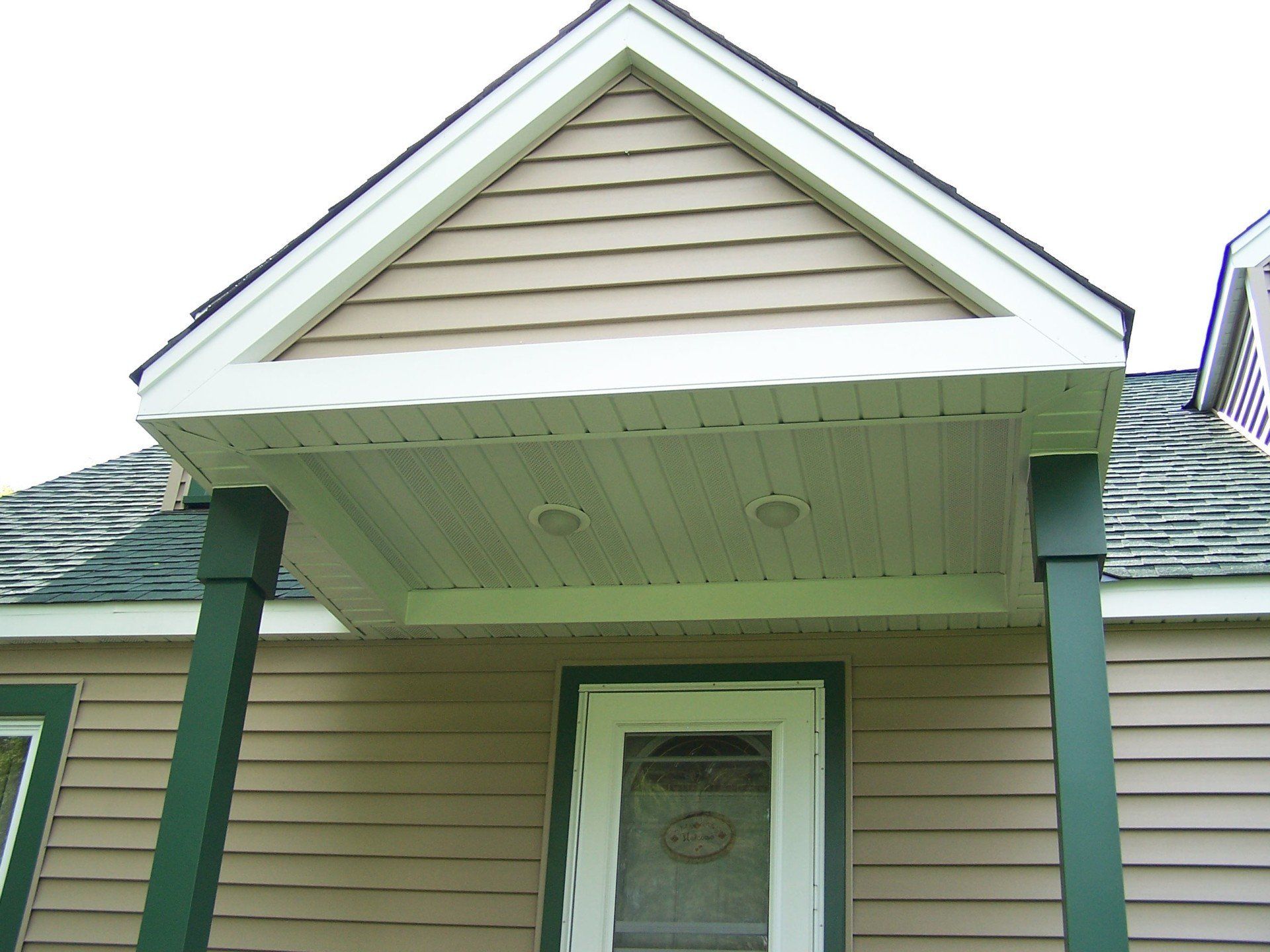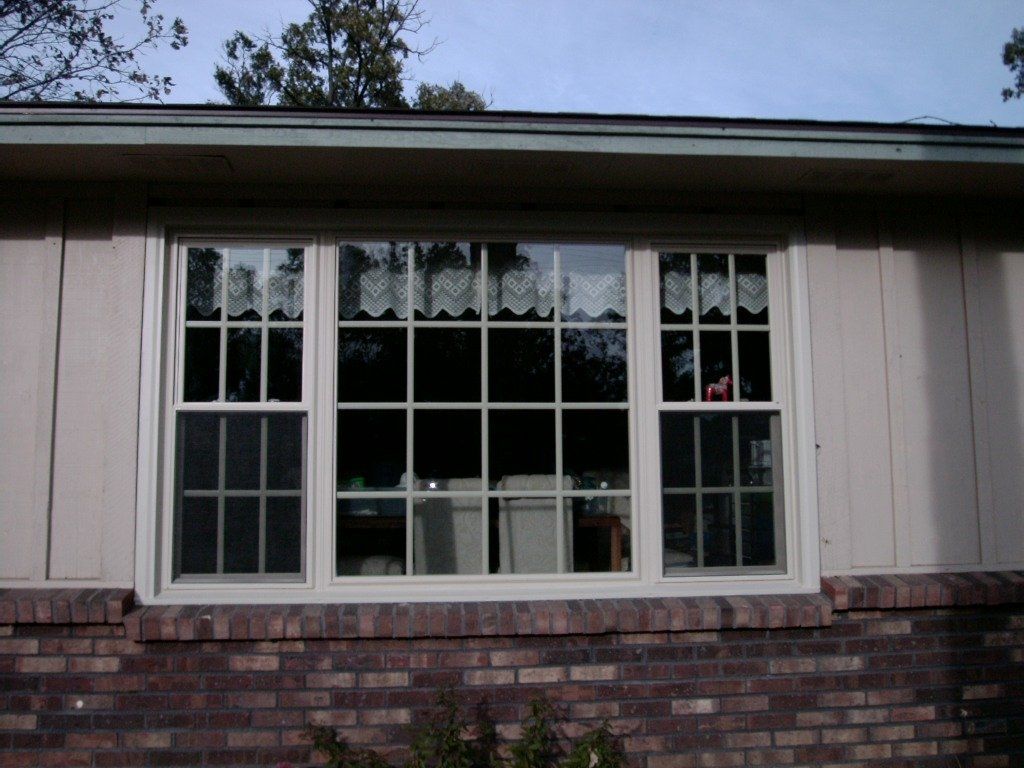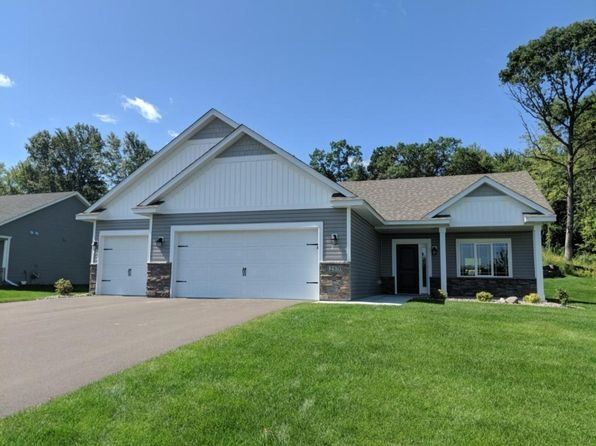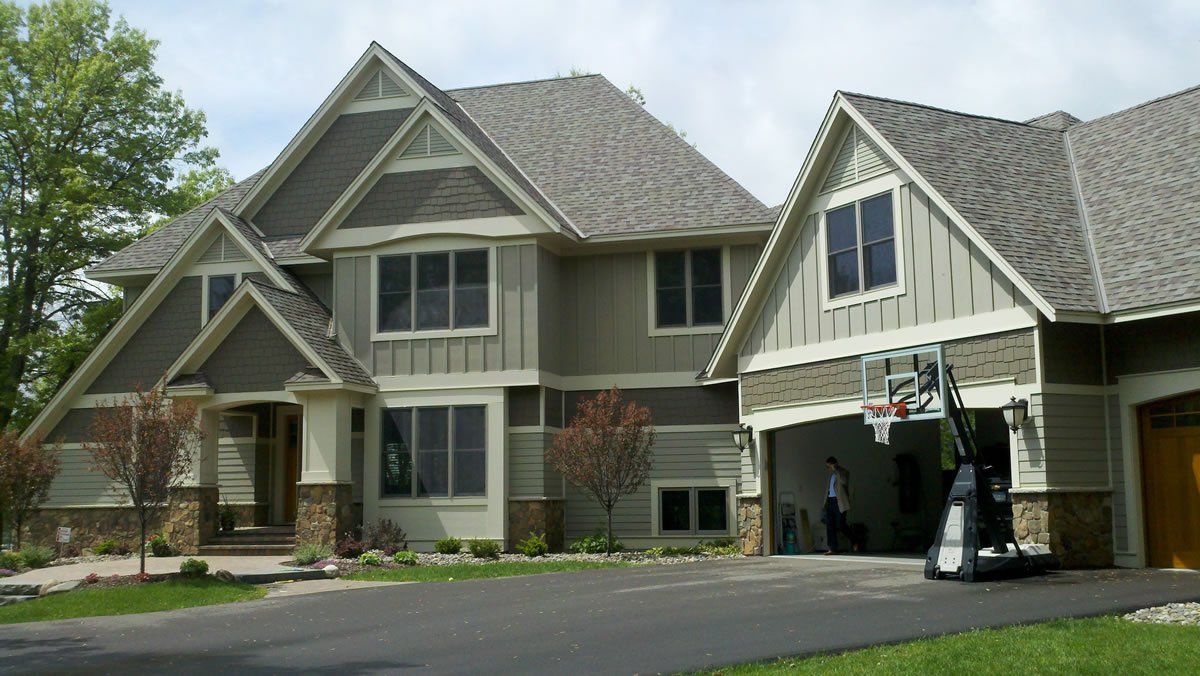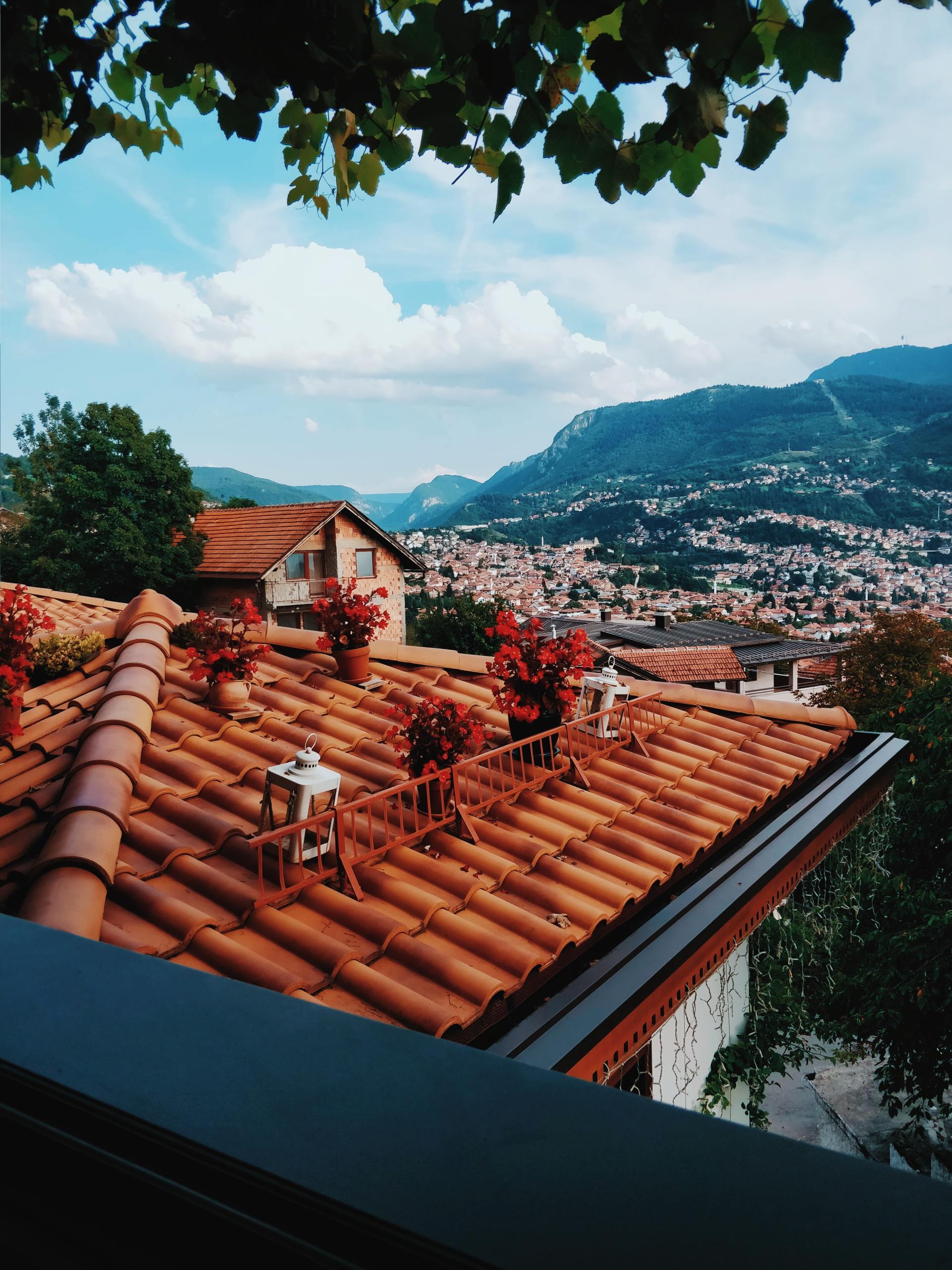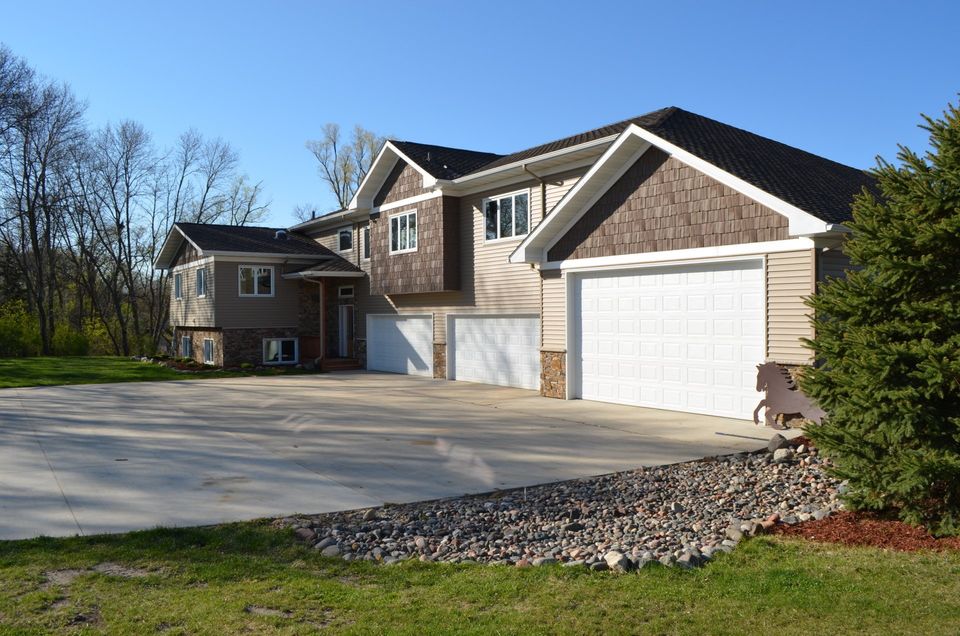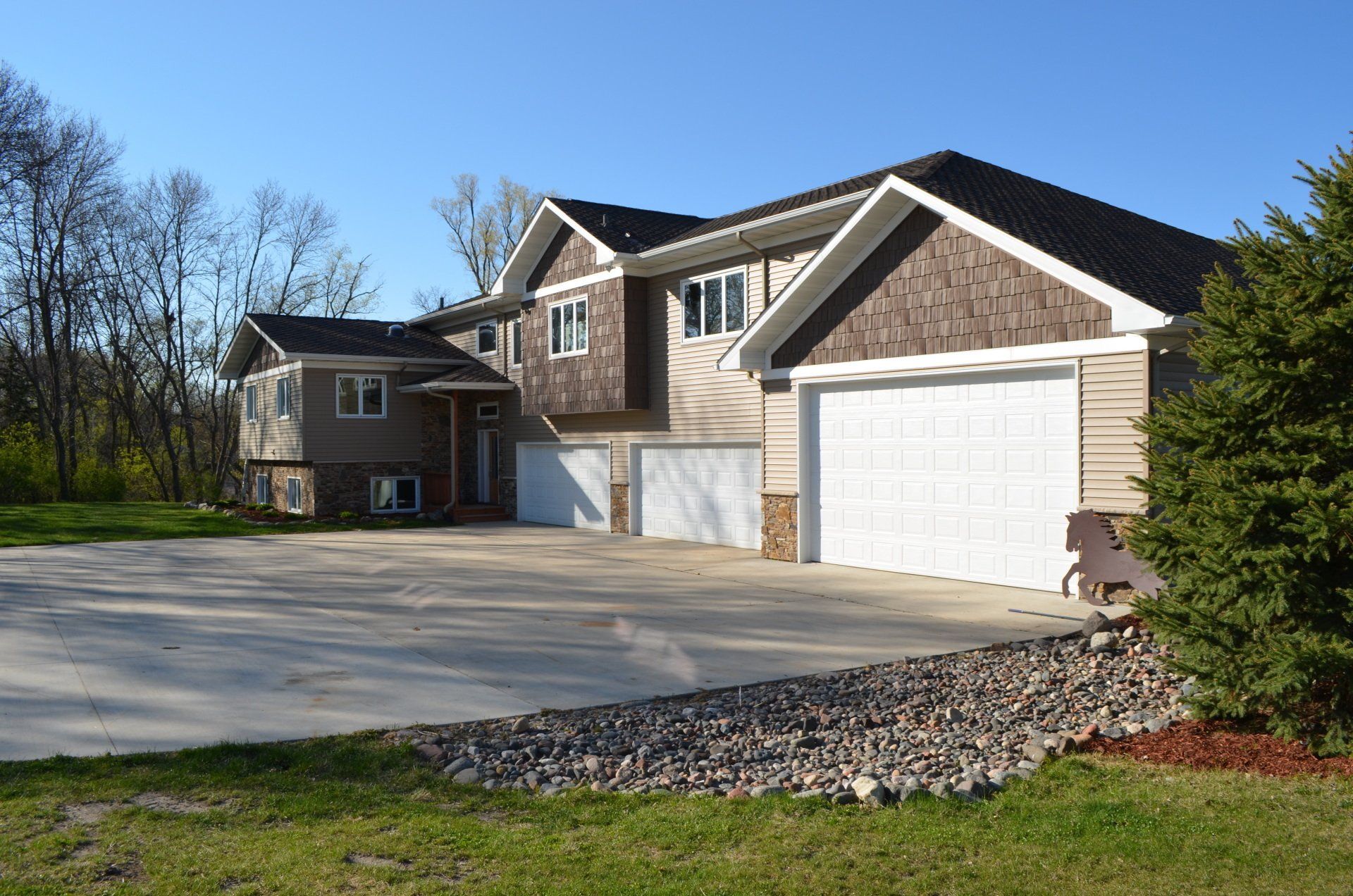Residential Roof Replacement Minneapolis MN
Complete roof replacement – it's something that every home will need eventually in order to protect the building or in cases of severe storm damage. While a well-maintained, regularly repaired and inspected roof may last many, many years, eventually you'll need to replace the entire thing.
When you're preparing to have your roof replaced, there are a few things that you should know about the process – and it's definitely more intensive than just replacing a few shingles.
Removing the Old Shingles
Shingles that are curled, cracked or worn indicate the need for a full roof replacement. Most contractors will remove all the old shingles and nails. Good contractors will make sure that they pick everything up from your lawn when they're finished, but roof nails can be small, so be careful with children and pets until you're certain all of them are gone. Some contractors may choose to put a new layer of shingles over the existing ones, but this isn't a full roof replacement, and the older shingles may not provide a solid enough base for the new ones.
Inspecting the Roof's Decking
Once the shingles are removed, your contractor will inspect the roof deck to see if it, too, needs repair. The wood deck is the structure to which the shingles or other roof covering, such as tiles, are attached. A good roof deck ensures your roof covering remains in place and keeps it from falling off due to weather or wear and tear.
Fixing the Underlayment
The underlayment is a water-resistant barrier that lies between the roof covering and the roof deck. It is installed on top of the roof deck and fits snugly against the wood. The most common underlayment material is roofing felt, and asphalt is used as the protective material to cover it, for its sealant properties and the fact that it's a lightweight, easily spreadable covering.
Replacing the Flashing
The flashing is a rust-resistant metal, which is placed to provide extra protection in areas of heavy runoff. It's also used to help protect the seams of the roof, where two areas meet. These areas, especially for roofs with multiple peaks and dormers, can be vulnerable to the weight of heavy snow or the deterioration of heavy rains.
Chimneys and skylights are also more vulnerable for leaks, and these will also be reinforced with flashing. Adding new flashing comes after the underlayment application.
Drip Edging and Ice Dam Protection
All roofs require metal drip edging, which protects the foundation of the house. New metal drip edging is placed around the edge of the roof before the shingles or tiles are placed. If you live in a region like Minnesota, where you'll have a lot of ice and snow accumulation, then having properly installed ice dam projection will help prevent melting ice from backing up under the shingles.
Let's Replace Your Roof!
If your house is more than 10 years old, it may be time for a full roof replacement. Don't wait until you have roof damage from heavy Minnesota snows – call an expert roofing company now for an estimate and fair, fast service. For the best in residential roof replacement in Minneapolis MN, call Chad Markus at 763.537.5117 for a free roof analysis and quote.
